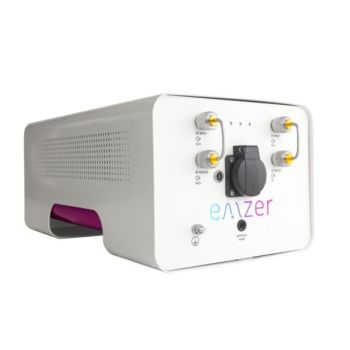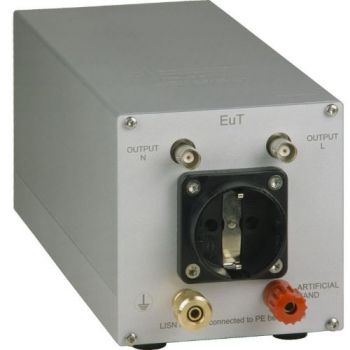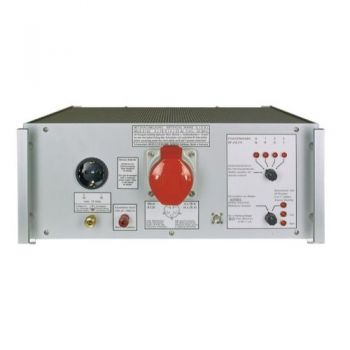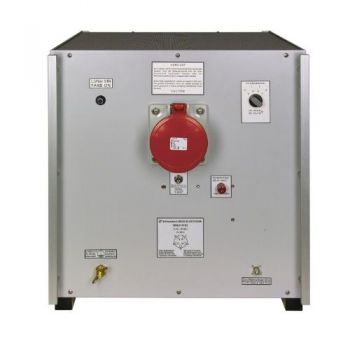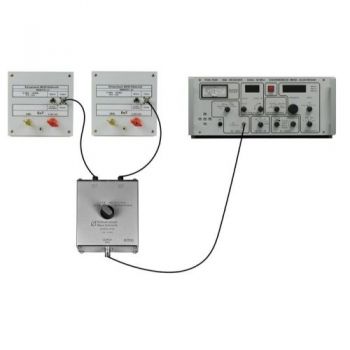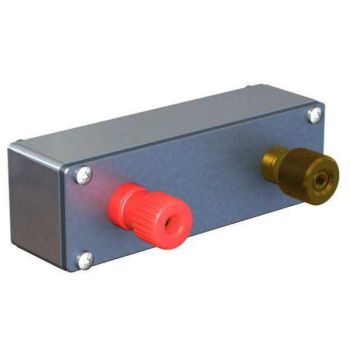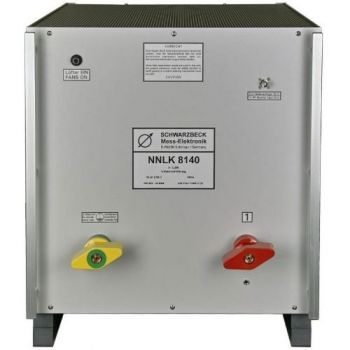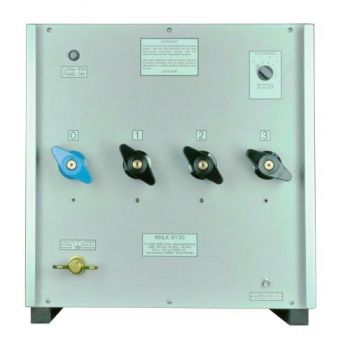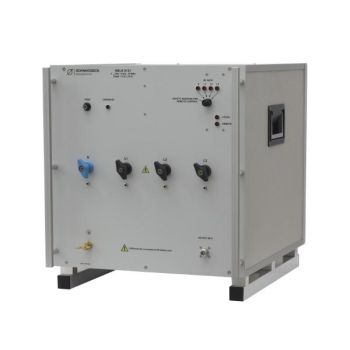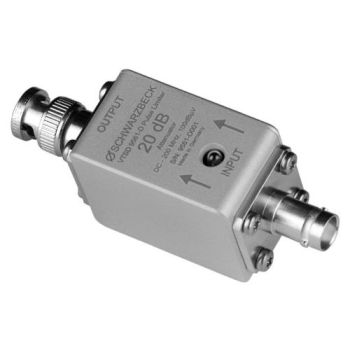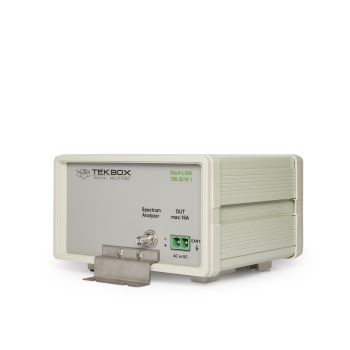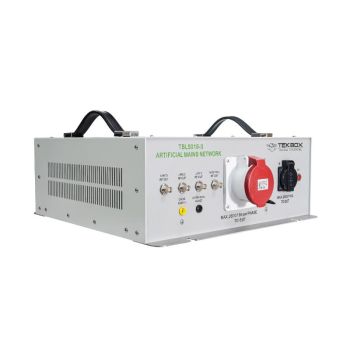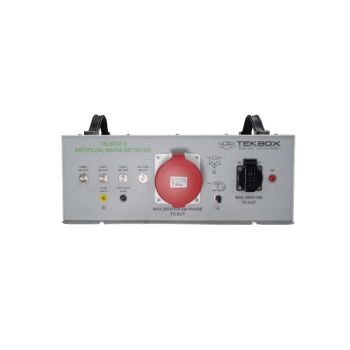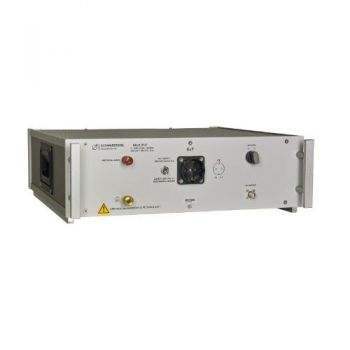
NSLK 8127, 9 kHz - 30 MHz, 250V / 16A, 50 µH, 2 Path LISN
- 2 path LISN (Single-Phase)
- Line Impedance Stabilisation Network
- Connector: CEE 7/4
- 9 kHz to 30 MHz
- 250 VAC, 400 VDC, 16 A
- (50 µH+5 Ω) || 50 Ω
- CISPR 16-1-2
PARTNER:
MARKETS:
TEST STANDARDS:
NSLK 8127, 9 kHz - 30 MHz, 250 VAC / 16A, 50 µH, 2 Path LISNThe purpose of a LISN is to provide the device under test with energy, to carry the interference voltage to the EMI measurement receiver, and to load the RF emitted by the device under test with standardized impedance. The NSLK 8127 is equipped with a 250 μH choke as well as a 50 μH choke which is connected in series for each path. The 250 μH choke provides an excellent decoupling between the power supply and the device under test starting at 9 kHz. Due to high capacities very high leakage, currents can occur (above 1 A). Thus it is not possible to use a residual current operated circuit breaker. It is recommended to use an isolating transformer. The supply voltage has to be applied at the back panel of the LISN by using the Schuko connector. Important! The operator has to make sure that the maximum current is limited to 16 A at the supply side. There is no fuse built into this LISN to protect the device under test! The device under test has to be connected to the Schuko socket at the front panel. The maximum current that can be drawn is 16 A for each path. The maximum voltage that can be applied is 250 VAC. The input for the power supply is located at the back panel and provides a hard-wired connection cable with a Schuko plug. The coaxial RF output has to be connected to the EMI measurement receiver using a BNC coaxial cable. You can choose the path that needs to be measured with the path selection switch. The path that is actually not measured will be terminated with 50 Ω automatically.
Protective earth switch Using the switch labeled with “Safety ground” you can either put the protection earth of the Schuko socket straight to ground or in series with a parallel connection of a 50 μH choke and a 50 Ω resistor. Thus the protecting function of the protecting earth connector is ensured as long as the LISN is connected to earth properly. protective earth conductor that is decoupled RF-wise via the choke simulates the utilization of long cables. Since some interference suppression solutions are based on the protective ground conductor potential the emission of the device under test could vary depending on the switch setting. If an „artificial hand“ has to be connected to the equipment under test, a copper foil wrapped around the handle of the device under test has to be connected to the screw terminal labeled with “Hand Simulation”.
Options: Option RC for LISN: Remote Control with built-in power supply. LISN can be controlled by R&S or Schwarzbeck code, including remote control cable for your receiver type (Please specify your receiver type!). LISN can be selected from the R&S receiver menu or in the EMC32 software like an R&S LISN. No programming of the user interfaces necessary. Functions: path selection and PE grounded or via choke.
Option: Power Line Communication, according to EN 50065-1, selectable ranges: 3 - 9 kHz, 9 - 95 kHz, 95 kHz - 30 MHz, CISPR 16-1-2. Cannot be used in combination with other options.
The NSLK 8127 is equipped with a high pass filter but not with a pulse limiter. The EMI receiver should therefore be protected against overload. The VTSD 9561 F is an external pulse limiter that is suitable for this purpose. If the amplitude of the disturbance voltage exceeds values which could be dangerous for the EMI receiver input the pulse limiter will cut these pulses. This causes additional spectral lines in the frequency domain (“phantom spectral lines”). The excess-pulse-energy illuminates an electric bulb. If the bulb glows or lights up the measurement is not valid because of the phantom spectral lines. In such a case more attenuation must be used at the measuring port of the LISN. An external attenuator must be dimensioned sufficiently especially under the presence of strong harmonics of the mains frequency |


